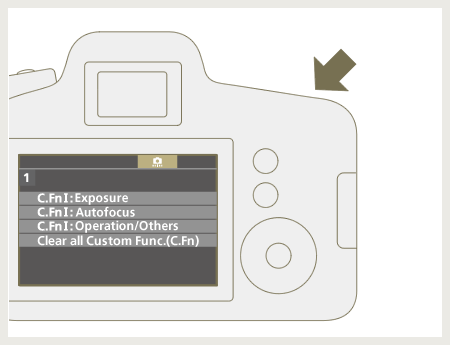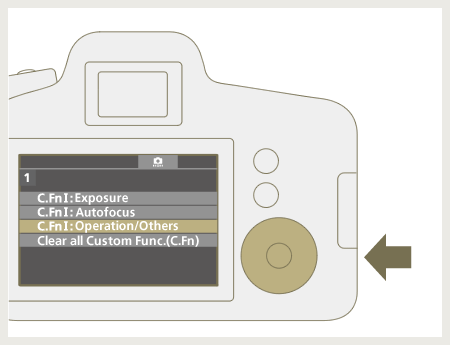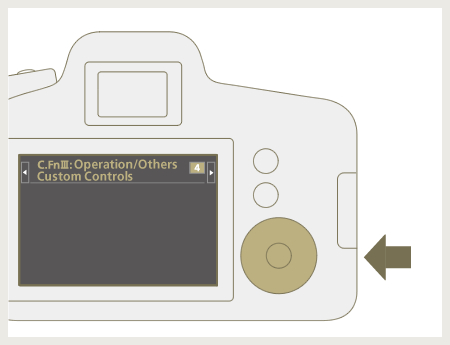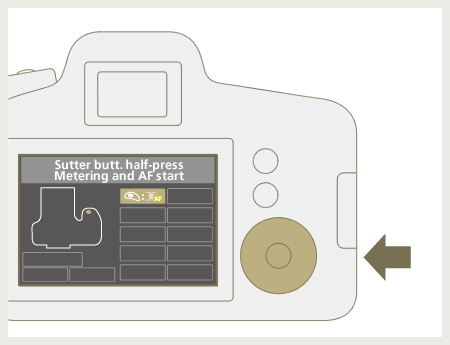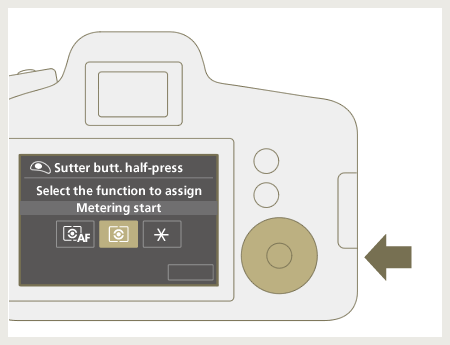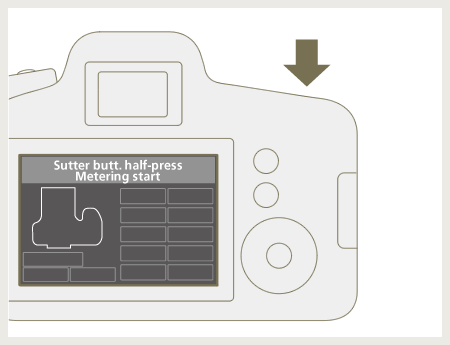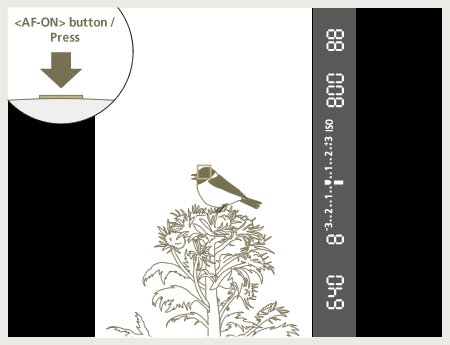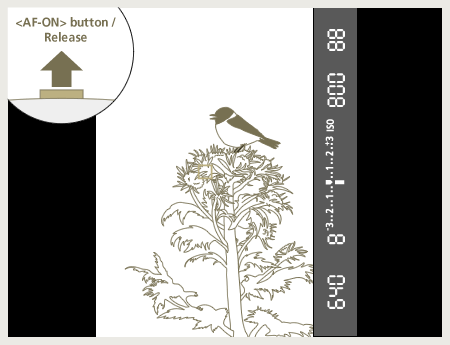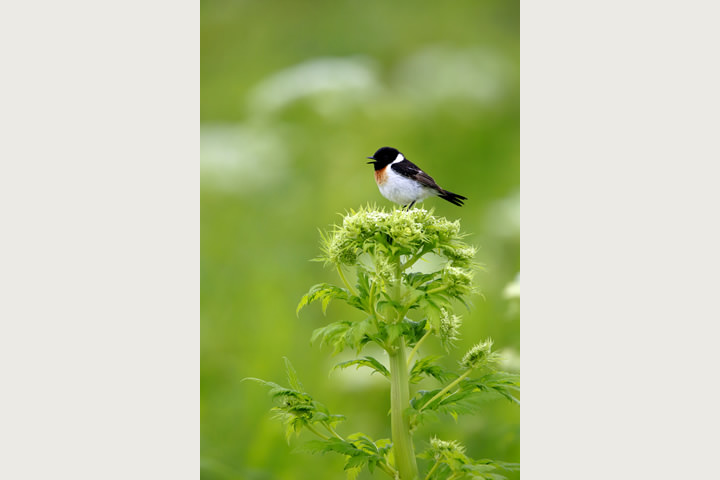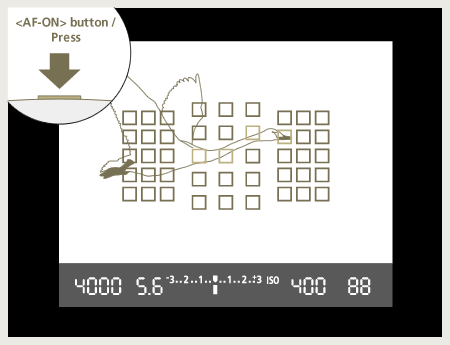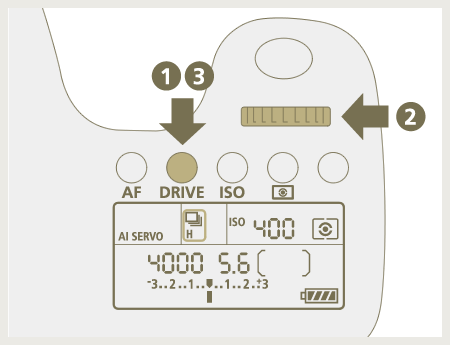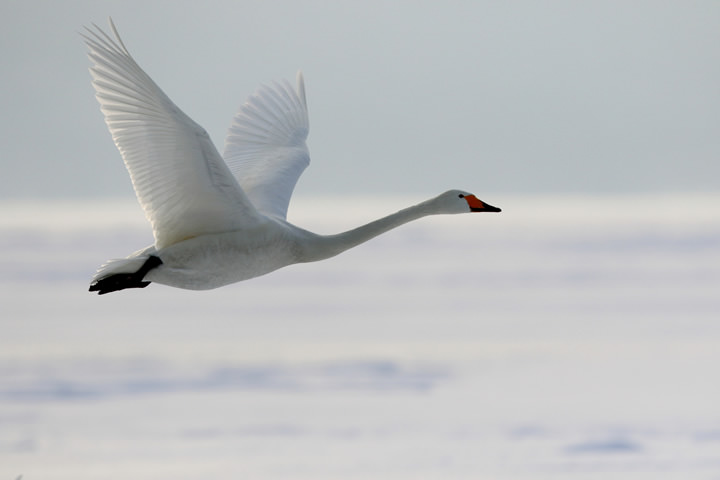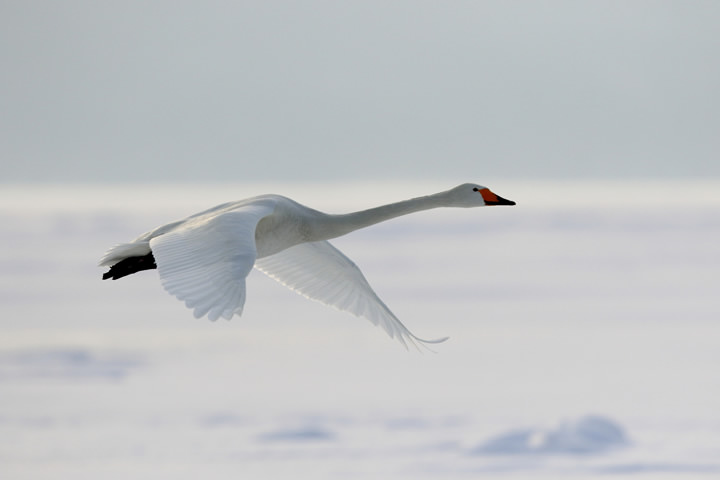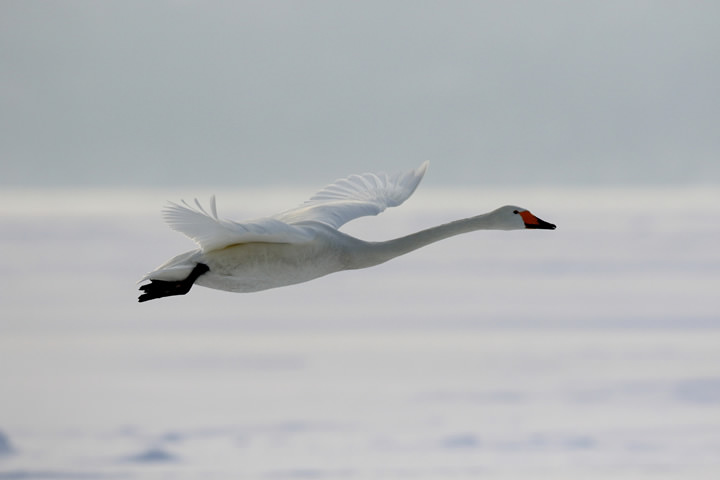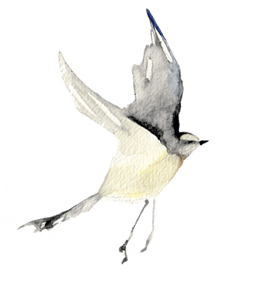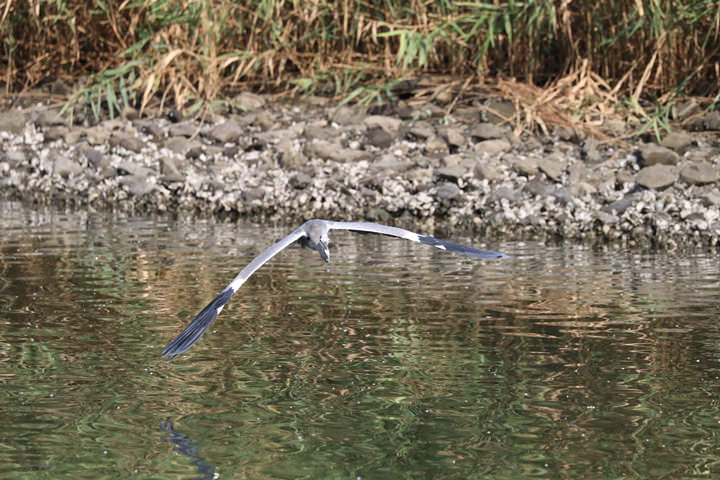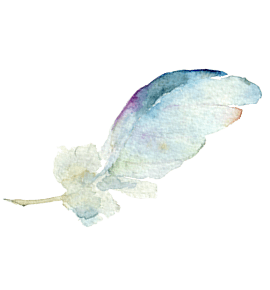This is a very tough shot with the bird coming straight at you. By using AI Servo AF and Automatic selection AF, the focus stays on the head of the Grey Heron as it approaches the camera.
how to
photograph
wild birds
Using the always handy “Back-Button AF” for bird photography
There are two ways to focus on a subject: using the shutter button or the <AF-ON>(AF start) button. In bird photography, pressing the button with the right thumb to focus is the better choice. This method is commonly called “back-button AF”. Lets learn the differences and master back-button AF.

Because I was able to get close to this juvenile Crested Serpent Eagle, I used a 2x extender to take a medium close-up shot. Thinking of the balance, I focused on the eyes with the <AF-ON> button. Then, I took my thumb off to lock the focus and concentrated on the composition while I shot (AI Servo AF).
- Aperture value: f/8
- Shutter speed: 1/500 second
- ISO speed: ISO400
- Exposure compensation: +1.3
- Focal length: 1000 mm equivalent
(using a 2x extender at 500 mm) - DSLR Camera (APS-C image format)
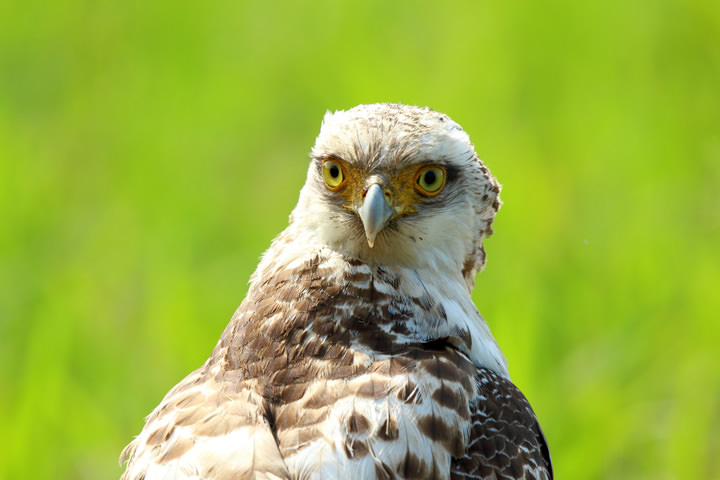

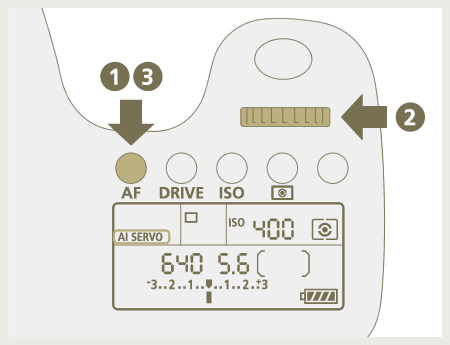
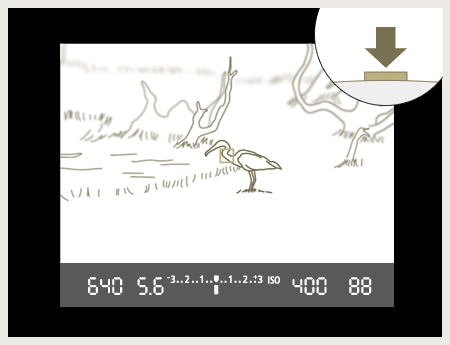
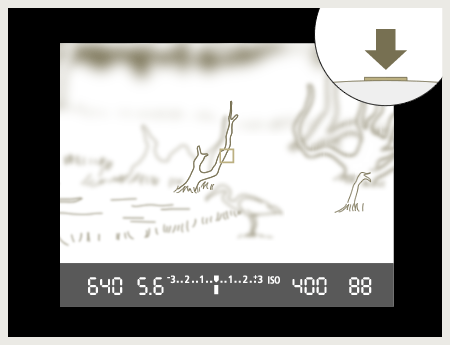
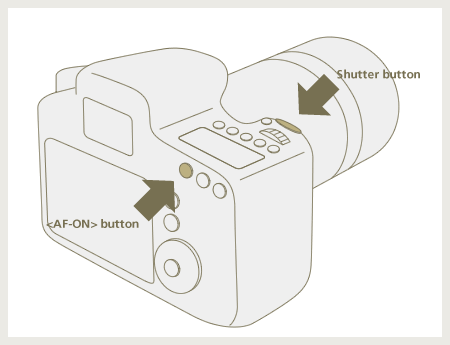
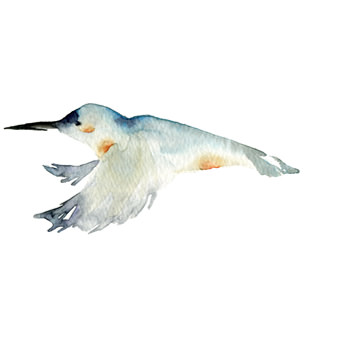

 tab. (On some models, select the Custom Function tab and proceed to Step 4, skipping Step 3.)
tab. (On some models, select the Custom Function tab and proceed to Step 4, skipping Step 3.)
